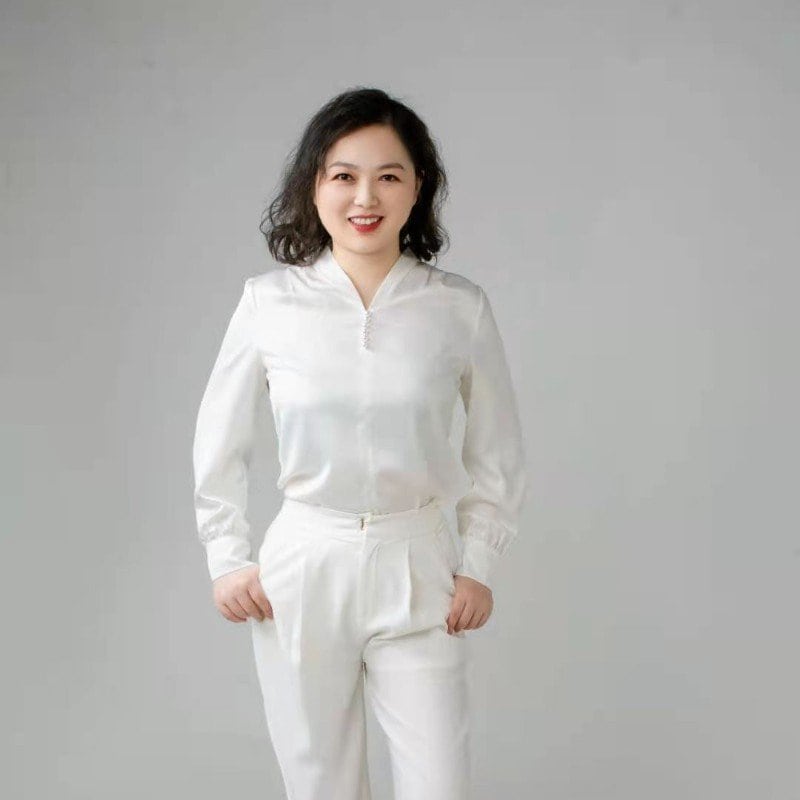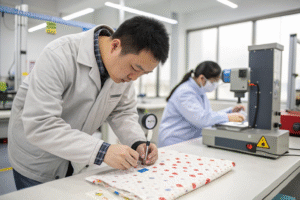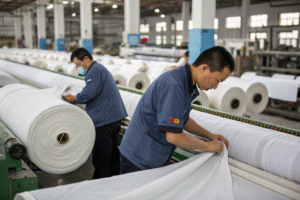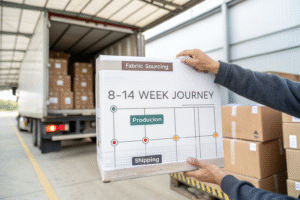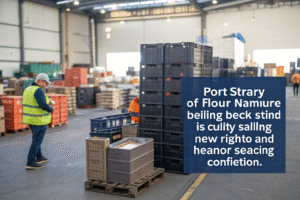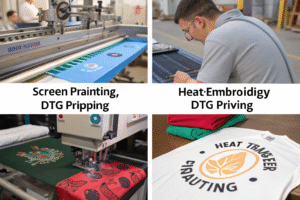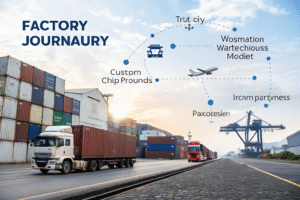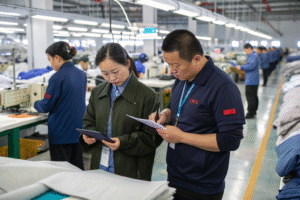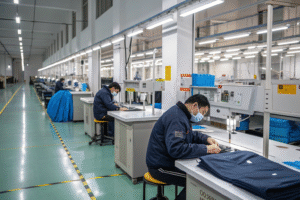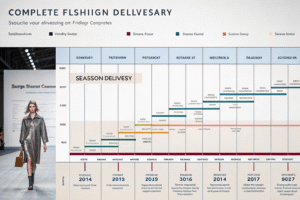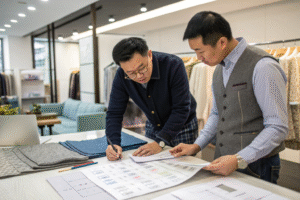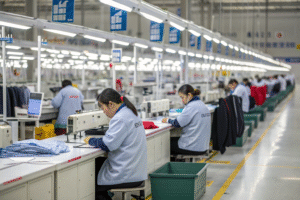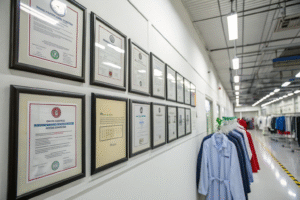The cut and sew apparel manufacturing industry plays a critical role in fashion and textile production. It involves transforming raw fabric into finished garments through a structured process. But what defines this sector, and how does it impact the broader apparel market?
Cut and sew apparel manufacturing refers to the process of cutting fabric pieces and sewing them together to create garments. Unlike fully automated garment production, this method allows for greater customization, higher-quality finishes, and flexibility in design.
Understanding the cut and sew process is essential for brands, manufacturers, and retailers looking to optimize production and ensure product quality.
What is cut and sew apparel manufacturing?
Cut and sew manufacturing is the backbone of traditional garment production. But how does it work, and what makes it different from other methods?
Cut and sew apparel manufacturing involves designing patterns, cutting fabric, and assembling garments through sewing. This method is commonly used for producing custom clothing, high-end fashion, and mass-market apparel.

How does cut and sew differ from knitwear manufacturing?
Unlike knitwear, which is made by looping yarns together, cut and sew garments start with flat fabric that is cut into specific shapes before assembly. This method allows for more structured designs and greater variation in fabric choices.
Why is cut and sew preferred for custom apparel?
Cut and sew manufacturing offers greater flexibility in design and fit. Brands that require detailed customization, unique patterns, or small-batch production prefer this method over mass knitting or seamless garment production.
What is the cut and sew method?
The cut and sew method is widely used across different fashion sectors. But what exactly does this process involve?
The cut and sew method follows a structured process, including pattern making, fabric cutting, stitching, and finishing. Each step requires skilled labor and precision to ensure high-quality garments.

What are the key steps in the cut and sew process?
- Pattern Making: Designers create templates for each fabric piece.
- Fabric Cutting: Precision cutting ensures that each piece fits correctly.
- Sewing & Assembly: Skilled workers stitch the pieces together.
- Quality Control: Inspections check for defects before garments are finalized.
How does automation impact cut and sew manufacturing?
While automation is improving efficiency, cut and sew manufacturing still relies on human labor for intricate details. Advanced cutting machines help with precision, but sewing and assembly often require skilled craftsmanship.
What is fabric selection in apparel manufacturing?
Fabric choice is one of the most important factors in garment production. But how do manufacturers select the right materials?
Fabric selection in apparel manufacturing involves evaluating material properties, durability, and suitability for the intended design. Choosing the right fabric impacts garment quality, comfort, and performance.

What factors influence fabric selection?
| Factor | Impact on Garment Production |
|---|---|
| Durability | Determines garment lifespan |
| Texture | Affects comfort and appearance |
| Stretchability | Impacts fit and flexibility |
| Breathability | Important for activewear and summer clothing |
| Dye Retention | Ensures color longevity after washing |
Why do different garments require different fabrics?
Each clothing category has unique fabric requirements. For example:
- T-shirts use cotton for breathability.
- Sportswear incorporates synthetic fabrics for moisture-wicking properties.
- Luxury garments often use silk or wool for a premium feel.
What is the manufacturing process of apparel?
Garment production involves multiple stages, from fabric preparation to final packaging. What are the key steps?
The apparel manufacturing process includes fabric sourcing, pattern creation, cutting, sewing, finishing, and distribution. Each stage ensures that garments meet quality standards before reaching consumers.

What are the main stages of apparel production?
- Fabric Procurement: Manufacturers source raw materials based on design requirements.
- Pattern Development: Patterns are created and graded for different sizes.
- Fabric Cutting: Automated or manual cutting ensures precision.
- Sewing & Stitching: Skilled workers or machines assemble garments.
- Quality Control: Inspections identify defects before packaging.
- Finishing & Packaging: Garments are ironed, tagged, and prepared for shipment.
How do manufacturers ensure quality in apparel production?
Quality control involves in-line inspections, fabric testing, and final product checks. Some brands use third-party auditors to verify compliance with industry standards.
Conclusion
Cut and sew apparel manufacturing remains a fundamental part of the fashion industry. Despite advancements in automation, skilled labor and fabric selection play crucial roles in ensuring high-quality garments. Understanding this process helps businesses optimize production and maintain competitive advantages in the evolving apparel market.


